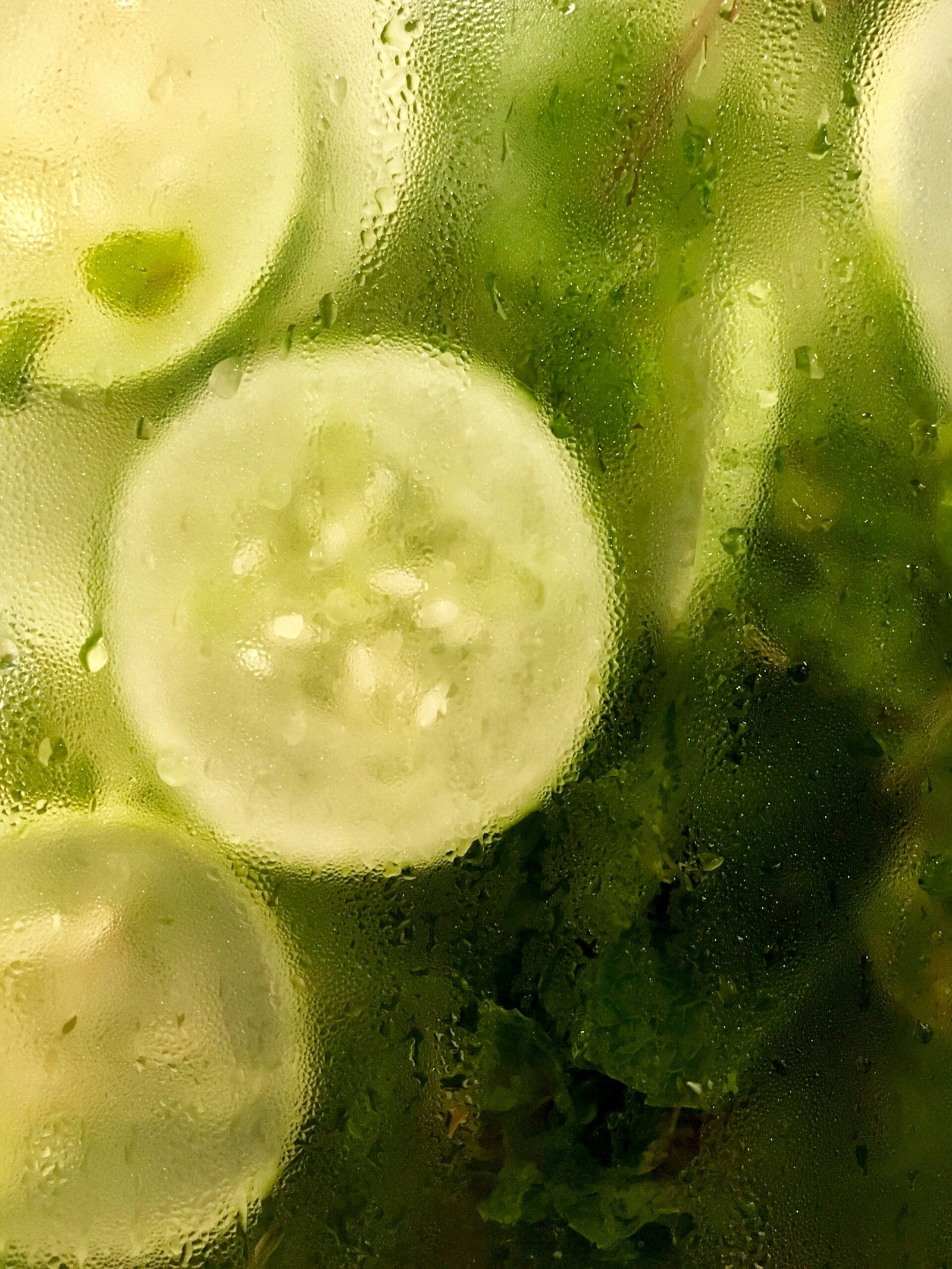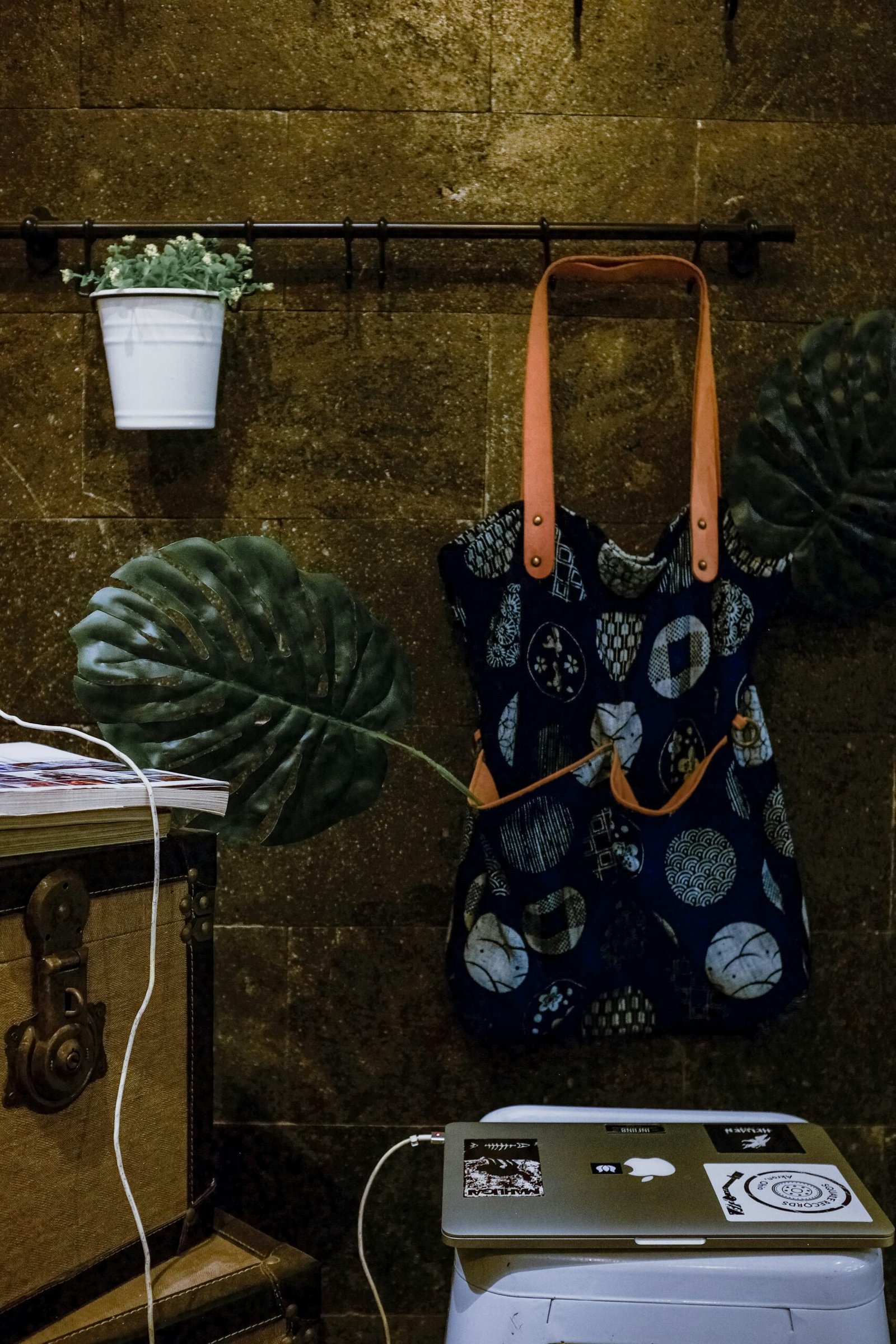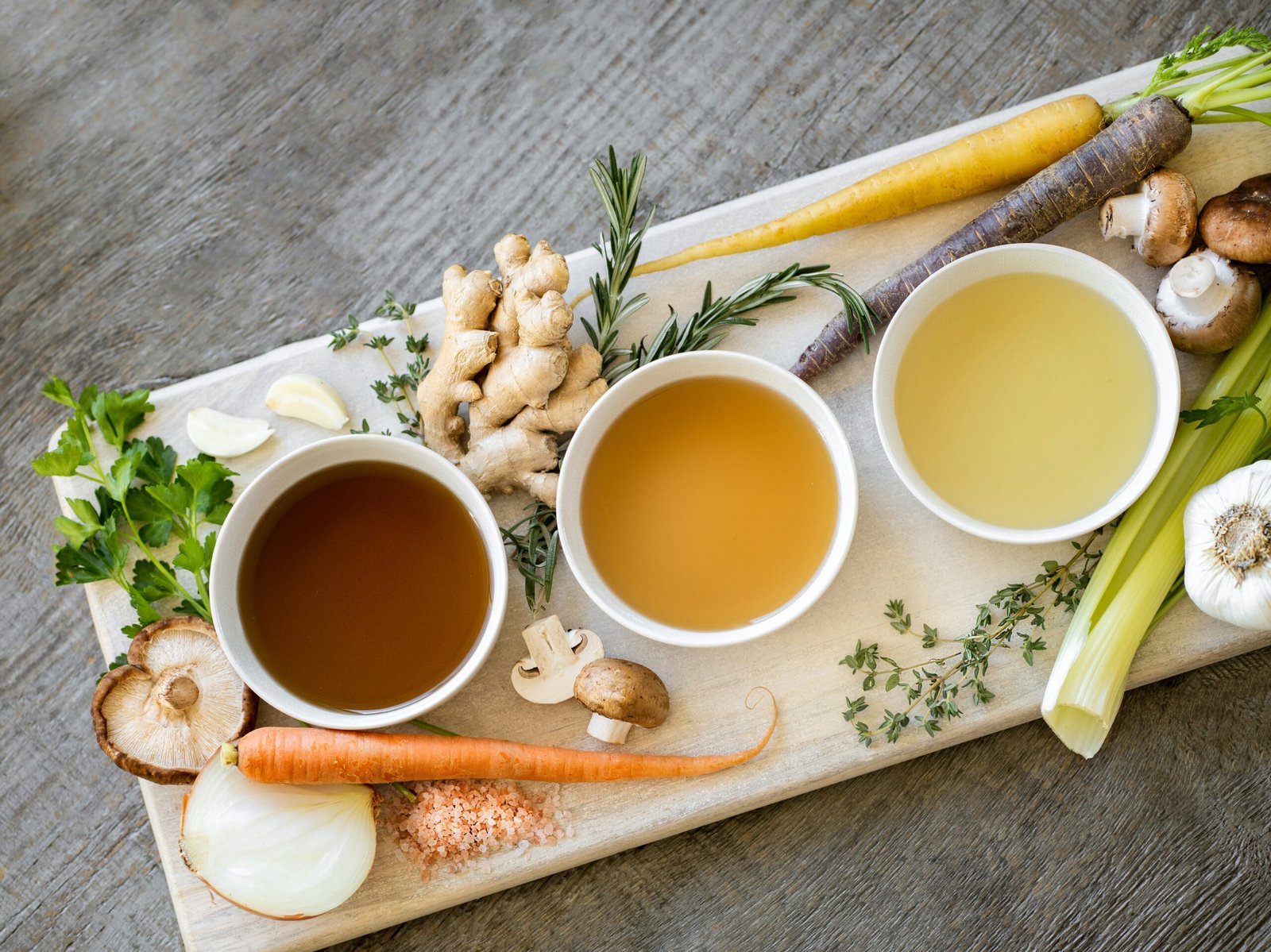Introduction to Cucumber Exports from Pakistan
Pakistan is one of the notable players in the global agricultural sector, particularly in the production and export of cucumbers. As an important horticultural crop, cucumbers are cultivated primarily in regions such as Punjab, Sindh, and Khyber Pakhtunkhwa. This abundant production not only contributes to the food supply but also plays a crucial role in the livelihoods of farmers and the local economy.
The agricultural landscape in Pakistan has been significantly enriched by cucumber farming, which has emerged as a staple for both domestic consumption and export. The favorable climatic conditions and diverse soil types across the primary cucumber-growing regions support high yields and enable farmers to produce varieties that meet international quality standards. With these attributes, Pakistan has established itself as a leading exporter of cucumbers, particularly targeting markets such as Indonesia and the UAE, where demand for fresh produce remains robust.
The contribution of cucumber exports to the national economy is notable, as they generate substantial revenue and create employment opportunities within rural sectors. Farmers benefit both directly from the sales of their crop and indirectly through agricultural support services that enhance production efficiency and quality. Additionally, the trade of cucumbers fosters economic relationships with importing countries, facilitating technology transfer and agricultural exchange that can further enhance productivity and market access.
As global trends in food consumption shift towards fresh and healthy produce, there is significant potential for growth in cucumber exports from Pakistan. By strategically aligning production practices with international import standards, particularly those set by nations like Indonesia and the UAE, Pakistan can strengthen its position within the global cucumber market. This alignment not only ensures compliance with quality expectations but also enhances consumer confidence in Pakistani cucumbers.
Importing cucumbers requirements
Importing cucumbers requires compliance with international standards and procedures to ensure food safety, quality, and adherence to phytosanitary regulations. Here is a general overview of the steps and standards typically involved in the cucumber import process:
Compliance with International Standards
- Codex Alimentarius: These standards, developed by the FAO and WHO, include food safety guidelines that cucumbers must meet to ensure they are safe for human consumption.
- Phytosanitary Standards (IPPC): Cucumbers must comply with the International Plant Protection Convention (IPPC) guidelines to prevent the introduction of pests and diseases into the importing country.
- Maximum Residue Limits (MRLs): MRLs for pesticides are set by international bodies (like the EU or Codex) to ensure food safety. Importing countries may test cucumber shipments for pesticide residues, and levels must be within these limits.
Documentation and Certification
- Phytosanitary Certificate: Exporting countries must provide a certificate verifying that the cucumbers are free from pests and diseases.
- Certificate of Origin: This document certifies the country of origin of the cucumbers.
- Quality Certificate: Some countries may require certification to confirm that the cucumbers meet specific quality standards, such as the UNECE FFV-16 standard for fresh cucumbers, which defines size, shape, and color.
- Invoice and Packing List: These documents detail the shipment’s contents and provide essential information for customs processing.
Inspection and Sampling
- Pre-Shipment Inspection: Some importing countries require a pre-shipment inspection to ensure cucumbers meet quality and safety standards before leaving the exporting country.
- Customs and Quarantine Inspection: Upon arrival, customs authorities typically inspect the cucumbers for compliance. Samples may be taken for laboratory testing for pesticides, heavy metals, and microbial contamination.
Labeling Requirements
- The cucumbers must be labeled with information such as the country of origin, exporter details, net weight, and any necessary handling instructions.
Packaging Standards
- Packaging must protect cucumbers during transit and meet any specific requirements set by the importing country. For example, UNECE FFV-16 outlines acceptable packaging methods that maintain cucumber quality.
Import Permits
- Some countries require an import permit for fresh produce, like cucumbers, specifying any special conditions to prevent the entry of exotic pests and diseases.
Transportation Requirements
- Cucumbers are typically shipped under temperature-controlled conditions to preserve freshness. Importers must adhere to specific temperature, humidity, and storage requirements during transport.
Customs Clearance and Duties
- Import duties and taxes vary by country. Customs officials review documentation and may impose tariffs on cucumber imports based on trade agreements or local laws.
Compliance with Local Regulations
- Countries may have specific standards and requirements for food safety and quality that cucumbers must meet upon entry, such as FDA standards in the United States or EFSA standards in the European Union.
Current Importing Countries of Pakistani Cucumbers
Pakistan has established itself as a significant player in the global cucumber market, with a diverse array of countries importing its cucumbers. The primary importers of Pakistani cucumbers include the United Arab Emirates (UAE), Saudi Arabia, and several European nations. The UAE stands out as the largest market, driven by its robust demand for fresh produce and a growing expatriate population that favors various cucumber varieties. Recent reports indicate that in the past year alone, Pakistan exported over 40,000 metric tons of cucumbers to the UAE, underscoring the strength of this trade relationship.
Saudi Arabia is another key market, with increasing import volumes due to similar consumer preferences for fresh cucumbers. As urbanization accelerates in cities like Riyadh and Jeddah, the demand for quality fresh produce continues to rise. In Europe, countries such as the United Kingdom and Germany are gradually becoming notable importers of Pakistani cucumbers, buoyed by the health-conscious trend among consumers and increased interest in diverse agricultural products. As a result, export volumes to these European nations are steadily climbing.
Moreover, emerging markets are beginning to show potential for Pakistani cucumber exports. Countries in Southeast Asia, particularly Malaysia and Singapore, have recognized the quality and refreshing taste of Pakistani cucumbers, creating new opportunities for exporters. Overall, the total value of cucumber exports from Pakistan is significant, reflecting not just established markets but also the promising potential in emerging markets. As export strategies evolve, Pakistani cucumbers may find even more opportunities to meet the growing global demand.
Cucumber Import Standards of Indonesia
Indonesia, as one of the largest markets in Southeast Asia, presents a considerable opportunity for cucumber exporters. However, accessing this market requires adherence to specific import standards and regulations designed to safeguard consumer health and ensure product quality. The primary quality parameters established by the Indonesian Ministry of Agriculture address physical characteristics, including size, color, and firmness of the cucumbers. Exporters must ensure that their products meet these standards before shipment, as subpar quality can lead to rejection upon arrival.
In addition to quality specifications, several certifications are mandatory for exporting cucumbers to Indonesia. Exporters must secure a Phytosanitary Certificate, which verifies that the cucumbers are free from pests and diseases and comply with Indonesia’s biosecurity regulations. This certificate is essential to ensure the safe entry of agricultural products into the country. Furthermore, compliance with the Global GAP (Good Agricultural Practices) certification is increasingly encouraged, reflecting a commitment to sustainability and product safety that resonates well with Indonesian consumers.
Packaging also plays a critical role in the import process. Cucumbers must be packed in materials that protect them from damage during transit and keep them fresh upon arrival. The use of protective cartons is strongly recommended, minimizing exposure to moisture and temperature variations, which can lead to spoilage. Labeling requirements dictate that packaging must clearly indicate the product’s country of origin, the name of the exporter, and necessary certifications. Moreover, any phythosanitary measures, such as pre-shipment inspections and treatments, must be documented and made available for inspection by Indonesian customs authorities upon arrival.
Understanding these cucumber import standards is crucial for exporters aiming to access the Indonesian market effectively. By ensuring compliance with these regulations, exporters can enhance their chances of successfully penetrating this lucrative market.
Cucumber Import Standards of UAE
The United Arab Emirates (UAE) has established rigorous import standards for cucumbers to ensure the safety and quality of food products entering the country. The UAE Food and Safety Authority plays a pivotal role in regulating these standards, ensuring stringent compliance with health and safety requirements. Importers must navigate a comprehensive set of guidelines to facilitate the smooth entry of cucumbers into the UAE market.
One of the fundamental requirements is the provision of essential documentation such as a phytosanitary certificate, which verifies that the cucumbers have been inspected and deemed free of pests and diseases. This certificate is crucial as it assures the authorities that the produce meets international plant health standards. Additionally, a certificate of origin may also be required to confirm the cucumbers’ source, further reinforcing the need for traceability in the supply chain.
Quality control measures are another critical aspect of the import process. The UAE mandates that cucumbers adhere to specific quality standards regarding size, color, texture, and absence of blemishes. Therefore, exporters must implement pre-export inspections and quality assessments to ensure compliance with these criteria. This proactive approach not only facilitates smoother customs clearance but also enhances the reputation of exporters in the competitive UAE market.
Moreover, traceability is vital in the supply chain to meet the UAE’s import standards effectively. Importers must maintain records demonstrating the journey of cucumbers from harvest to delivery. This traceability is essential for identifying the sources of any potential food safety issues, thereby safeguarding consumer health. Adhering to these stringent import standards ultimately promotes consumer confidence in cucumbers imported from Pakistan, enhancing export opportunities in the UAE.
Common Challenges Faced by Pakistani Cucumber Exporters
The export of cucumbers from Pakistan faces various challenges that can hinder its potential in global markets such as Indonesia and the UAE. One significant issue is the inconsistency in product quality. Many cucumber exporters encounter difficulties in maintaining uniformity in size, color, and texture, which affects consumer perceptions and market acceptance. Inconsistent quality can also arise from varying agricultural practices across different regions, leading to a lack of standardization in production.
Logistical hurdles further complicate the cucumber export process. Factors such as inadequate transportation infrastructure, poor storage facilities, and issues related to shipping and handling can result in spoilage and reduced shelf-life. Timeliness is crucial in the fresh produce market, and any delay can lead to substantial losses. As cucumbers are a perishable product, efficient logistics are necessary to ensure that they reach international markets in optimal condition.
Another challenge is the lack of awareness among exporters regarding international standards and compliance requirements. Many Pakistani producers may not be fully informed about the stringent import regulations imposed by countries such as Indonesia and the UAE. This gap in knowledge can lead to rejected shipments and financial losses, as compliance with quality standards, certification, and inspection processes is essential for success in these markets.
Finally, competition from other cucumber-exporting countries poses a significant challenge. Countries with well-established export industries often have better infrastructure, advanced agricultural techniques, and robust marketing strategies. This competition can threaten the market share of Pakistani exporters, necessitating the need for strategic planning and improvement of export practices. Understanding these challenges is vital for identifying effective solutions that can enhance the cucumber export sector from Pakistan.
Strategies for Enhancing Cucumber Exports
Pakistan’s cucumber exports have the potential to significantly impact its economy, particularly in markets like Indonesia and the UAE. To capitalize on this opportunity, several strategic initiatives can be implemented. Firstly, improving agricultural practices is paramount. Farmers should adopt modern cultivation techniques, such as drip irrigation and integrated pest management, to enhance yield and quality. By focusing on sustainable practices, exporters can ensure that the produce not only meets the required standards but is also environmentally friendly.
Post-harvest handling is another critical area that requires attention. Implementing better practices during harvesting, washing, packing, and transportation can drastically reduce spoilage and maintain freshness. It is essential to educate farmers and exporters about the importance of minimizing the time between harvesting and delivery to distributor markets. Advanced methods, such as cold chain logistics, should be adopted to maintain optimal storage temperatures throughout the supply chain, thereby extending the shelf life of cucumbers.
Investment in infrastructure is equally vital for enhancing cucumber exports. This entails not only building new storage facilities but also upgrading existing ones to meet international standards. Proper infrastructure facilitates efficient handling and distribution, which is crucial for market competitiveness. Additionally, promoting investment in transportation systems, such as refrigerated trucks, can aid farmers in overcoming the logistical challenges associated with exporting perishables.
Lastly, training exporters on international standards and market trends is essential for maintaining competitiveness. Workshops and seminars focusing on regulatory requirements, quality control measures, and understanding buyer preferences can equip exporters with the necessary knowledge to navigate the complexities of international trade. By integrating these strategic initiatives, Pakistan can significantly bolster its cucumber export capabilities, ensuring that it meets the import standards of countries like Indonesia and the UAE.
Market Research and Consumer Preferences
Conducting comprehensive market research is paramount for enhancing cucumber exports from Pakistan, particularly when focusing on Indonesia and the UAE. Understanding consumer preferences in these importing countries can offer invaluable insights that help exporters tailor their products to meet market demands. This involves analyzing current trends in consumer behavior, which can vary significantly between regions.
In recent years, there has been a noticeable shift towards healthier lifestyle choices among consumers, leading to a heightened demand for fresh and organic produce, including cucumbers. Studies indicate that consumers increasingly prefer cucumbers that are not only fresh but also free from pesticide residues, reflecting a growing concern about food safety and health. Furthermore, the acceptance of various cucumber varieties plays a crucial role, with different markets exhibiting a preference for specific types. In the Indonesian market, for instance, the Asian cucumber varieties have gained popularity due to their unique taste and versatility in local cuisine.
Size and packaging also significantly influence purchasing decisions. In the UAE, for example, convenience is a major factor; consumers often opt for ready-to-eat and well-packaged produce. Packaging that emphasizes sustainability is increasingly appealing, as environmentally conscious consumers favor products that align with their values. Research indicates that attractive labeling and informative packaging can further enhance the likelihood of purchase, making them critical elements in the export strategy.
Moreover, enhancing understanding of regional culinary applications—how cucumbers are utilized in local dishes—can inform exporters on potential marketing strategies. By aligning their offerings with the preferences and needs of Indonesian and UAE consumers, Pakistani exporters can improve their market penetration and ultimately increase their cucumber exports. Conducting targeted market research not only aids in identifying trends but also in capturing the evolving tastes and preferences that shape consumer choices today.
Success Stories of Cucumber Exporters from Pakistan
The cucumber export industry in Pakistan has witnessed notable success stories that serve as exemplary models for aspiring exporters. One such success is the experience of XYZ Agribusiness, which has established a strong foothold in the UAE market. By adhering meticulously to international quality standards, XYZ Agribusiness transformed its modest operations into a thriving export business. They invested significantly in modern farming techniques, which not only improved yield but also ensured that the cucumbers met the stringent quality checks required by UAE import regulations.
Another noteworthy case is that of ABC Farms, which carved out a niche in the Indonesian market. Understanding the unique tastes and preferences of Indonesian consumers allowed them to innovate in their product offerings. This flexibility in adapting to local needs culminated in the development of a specialized cucumber variety that aligned perfectly with the expectations of Indonesian importers. ABC Farms took proactive measures to comply with all necessary phytosanitary standards mandated by Indonesian authorities, which facilitated smooth entry into this lucrative market.
Both of these success stories underscore the importance of understanding the specifics of each destination market. By conducting thorough research and prioritizing quality, these exporters not only met but exceeded the expectations set by their import partners. Furthermore, they embraced the latest technology in agriculture, ensuring that their cucumbers retained freshness during transit. This commitment to quality not only strengthened relationships with buyers but also opened doors to new partnerships within the international trading ecosystem.
These cases illustrate that the path to successful cucumber exports involves a multifaceted approach that includes meeting export standards, understanding consumer preferences, and harnessing modern agricultural practices. By following in the footsteps of these successful exporters, others in the industry can enhance their export capabilities and ultimately contribute to the growth of Pakistan’s agriculture sector on a global scale.
Conclusion and Call to Action
As demonstrated throughout this blog post, the potential for enhancing cucumber exports from Pakistan is substantial, particularly in the burgeoning markets of Indonesia and the UAE. Both of these countries have established stringent import standards that prioritize quality, sustainability, and safety. Adhering to these international standards is not merely a requirement but an opportunity for Pakistani exporters to distinguish themselves in a competitive global marketplace. By aligning agricultural practices with these guidelines, producers can ensure that their cucumbers meet the specific demands and preferences of consumers in these regions.
Furthermore, the collaboration among stakeholders in the agriculture and export sectors is crucial for driving improvements and innovations in cucumber production. The importance of investing in research and development cannot be overstated. Through enhanced agricultural techniques, better pest management strategies, and effective logistics, stakeholders can significantly improve the quality and quantity of cucumber exports. It is essential for both private and public sectors to work together in fostering an environment conducive to growth and sustainability.
As we look forward, it is evident that the pathway to increasing cucumber exports is paved with possibilities. Stakeholders are encouraged to explore partnerships, invest in advanced technologies, and engage in knowledge-sharing initiatives. By committing to these actions, Pakistan can enhance its standing in the global cucumber market, ensuring increased profitability and sustainability for its agricultural sector. It is time to take proactive measures and seize the opportunities presented by international markets. Together, we can help propel Pakistan’s cucumber export industry into a new era of success and recognition.




